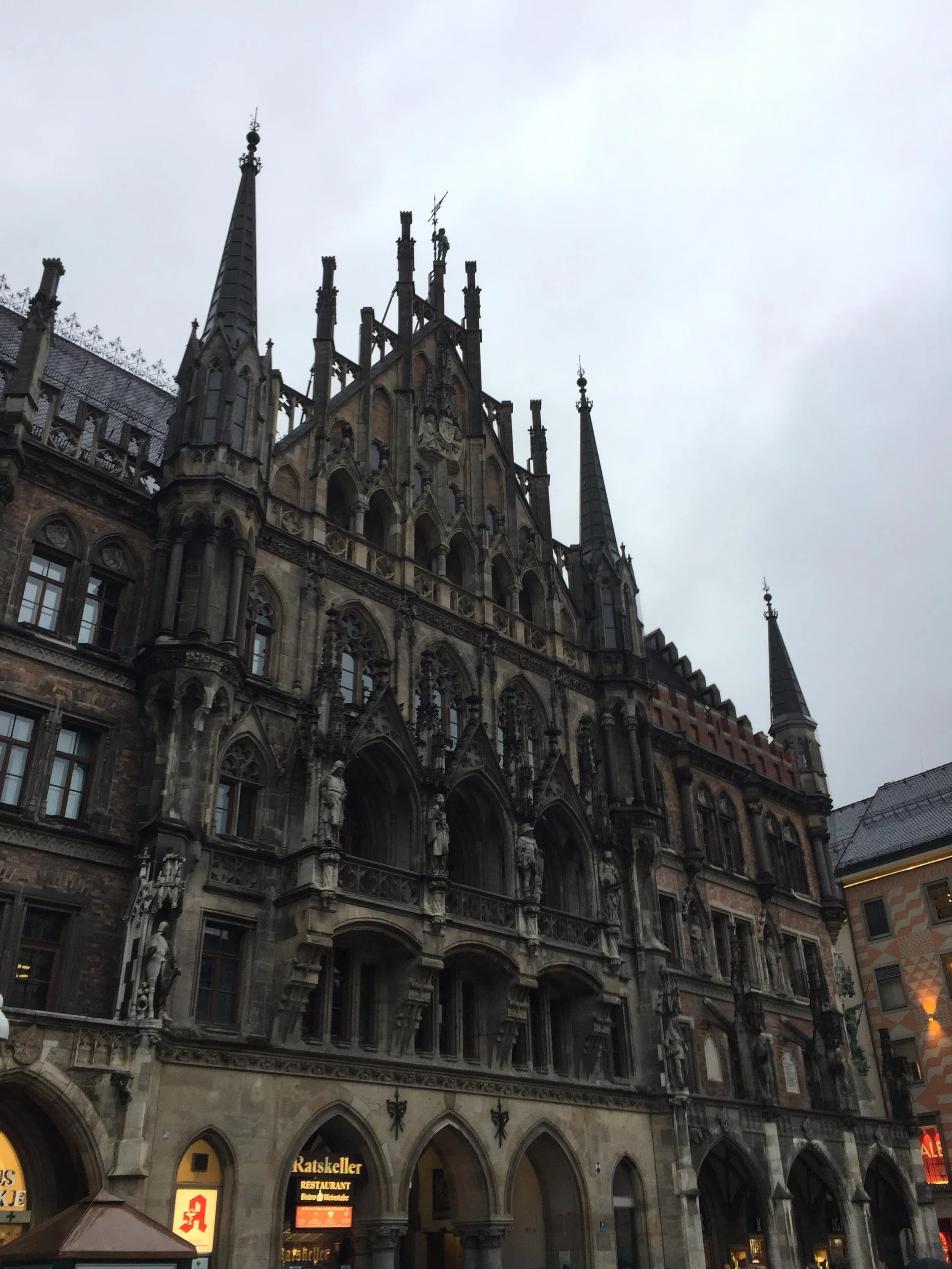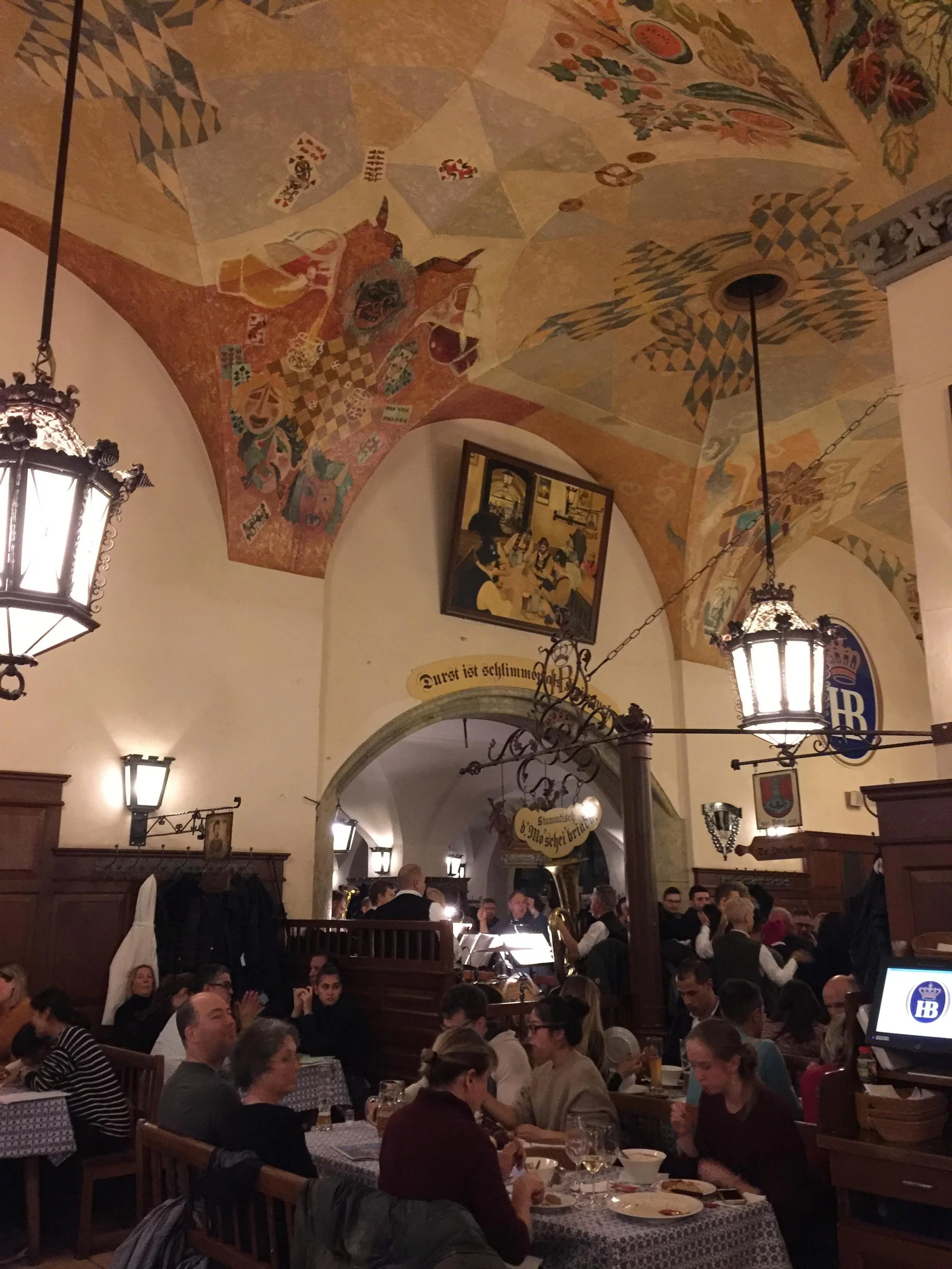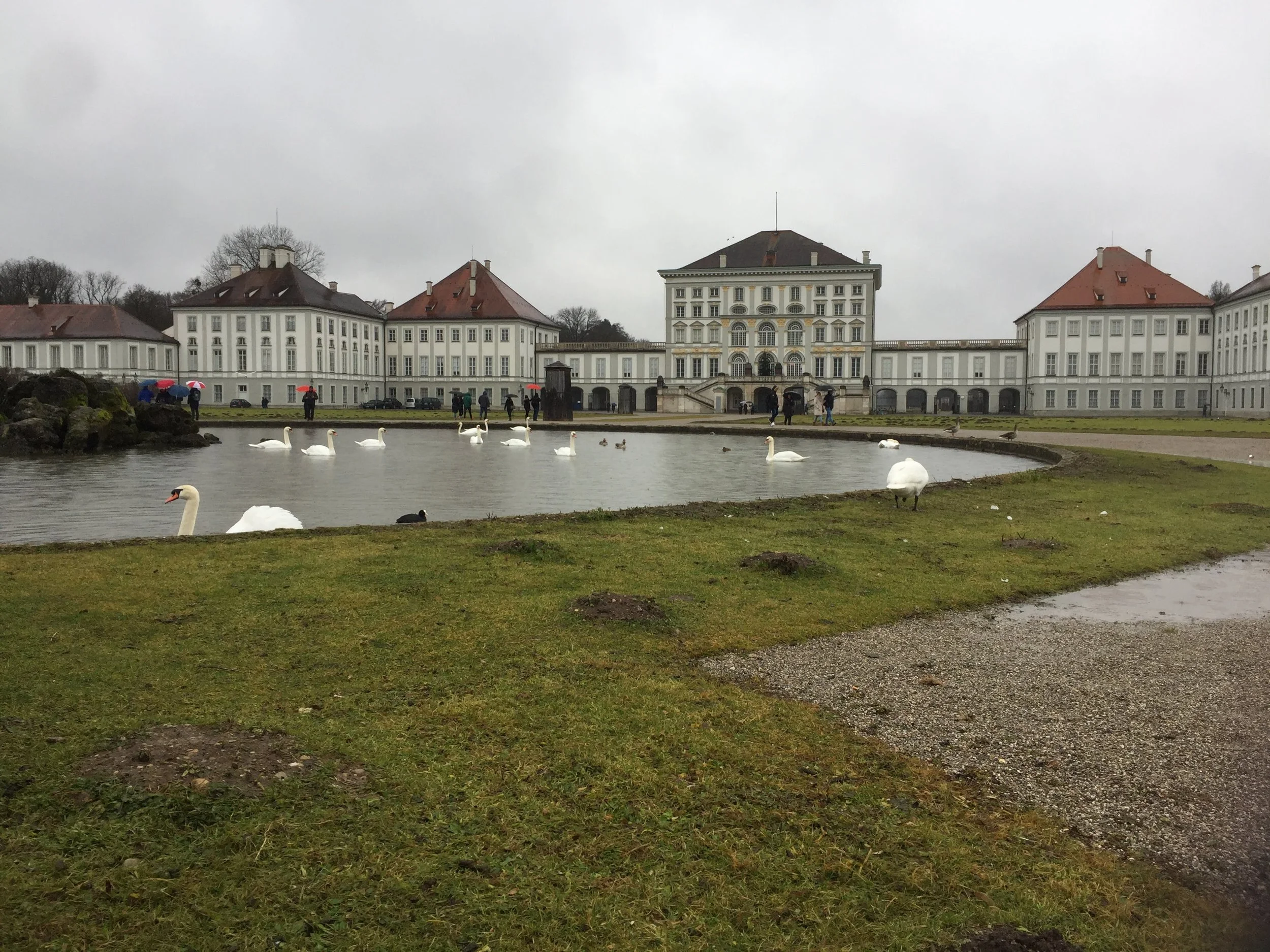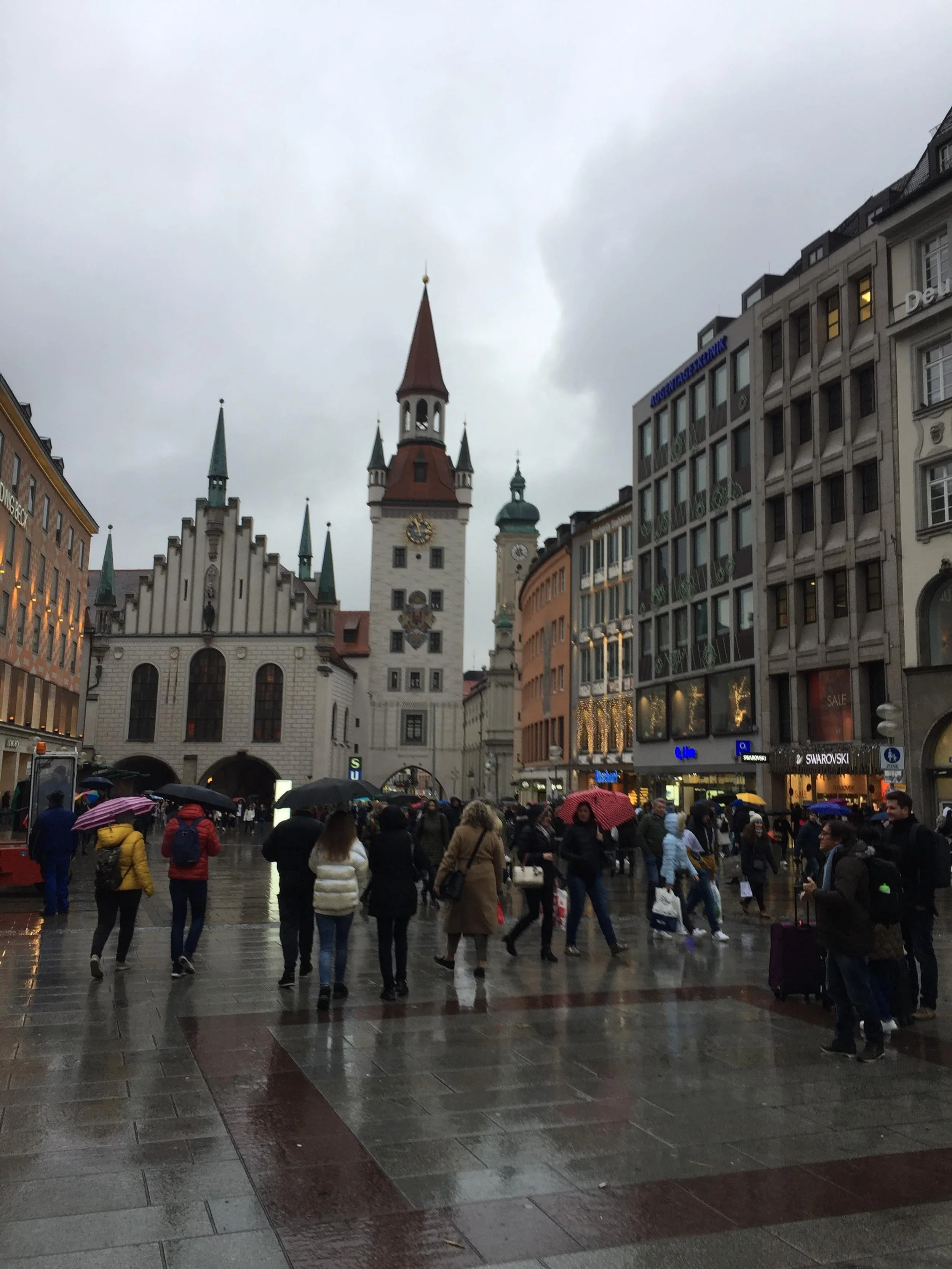The Dominican Republic, located on the eastern side of the island of Hispaniola, is a vibrant destination that offers a rich blend of history, culture, and natural beauty. From its stunning beaches to its lush mountains, the Dominican Republic is a place where travelers can immerse themselves in an array of experiences. Whether you seek relaxation, adventure, or cultural exploration, this Caribbean paradise has something to offer for everyone.
One of the most alluring aspects of the Dominican Republic is its breathtaking coastline. The country is home to some of the most beautiful beaches in the world, characterized by soft white sands and crystal-clear turquoise waters. Punta Cana, known for its luxury resorts and all-inclusive packages, is perhaps the most famous beach destination. Here, visitors can relax on the beach, partake in water sports such as snorkeling and scuba diving, or simply sip a cocktail while watching the waves. Other notable beaches include Playa Bavaro and Playa Rincon, each offering their unique charm and ambiance.
In addition to its stunning beaches, the Dominican Republic boasts a rich historical and cultural heritage. The capital city, Santo Domingo, is the oldest continuously inhabited European settlement in the Americas. Founded in 1496 by Bartholomew Columbus, the city is filled with colonial architecture, including the impressive Alcázar de Colón and the first cathedral built in the New World, the Catedral Primada de América. Walking through the cobbled streets of the Zona Colonial, visitors can explore museums, art galleries, and shops, gaining insights into the country’s history and evolution.
Playa El Valle by Juanca Paulino
Adventure seekers will find plenty of activities to satisfy their cravings for excitement. The Dominican Republic is blessed with diverse terrains, from the lush green hills of the Central Mountains to the scenic coastlines. In the north, the town of Jarabacoa is renowned for its eco-tourism opportunities, offering hiking, river rafting, and even waterfall excursions. The breathtaking Damajagua Waterfalls, where visitors can jump and slide down natural rock pools, are not to be missed. Additionally, the country's national parks, such as Los Haitises, provide opportunities for exploring mangroves and limestone caves, making for unforgettable outdoor adventures.
Cultural immersion is another highlight of traveling to the Dominican Republic. The country is known for its vibrant music and dance scene, with merengue and bachata being the two most popular genres. Many resorts offer dance classes, allowing visitors to learn the rhythms and moves of these lively dances. Festivals abound throughout the year, celebrating everything from carnival season to local patron saints, offering visitors a chance to experience Dominican life firsthand. Sampling local cuisine, which is influenced by a mix of Taino, African, and Spanish flavors, is also essential. Dishes such as sancocho (a hearty stew) and mofongo (mashed plantains) showcase the country’s culinary delights.
Lastly, the warmth and hospitality of the Dominican people make any trip memorable. The locals are known for their friendliness and welcoming nature, often eager to share stories and recommendations with visitors. Engaging with the community can enhance one’s travel experience, providing a deeper understanding of Dominican culture and traditions.
The Dominican Republic is a captivating destination that combines natural beauty, rich history, thrilling adventures, and warm hospitality. Whether lounging on pristine beaches, exploring vibrant cities, or engaging in cultural experiences, visitors are sure to create lasting memories in this Caribbean gem. With so much to discover, traveling to the Dominican Republic promises an enchanting journey for every type of traveler.



























